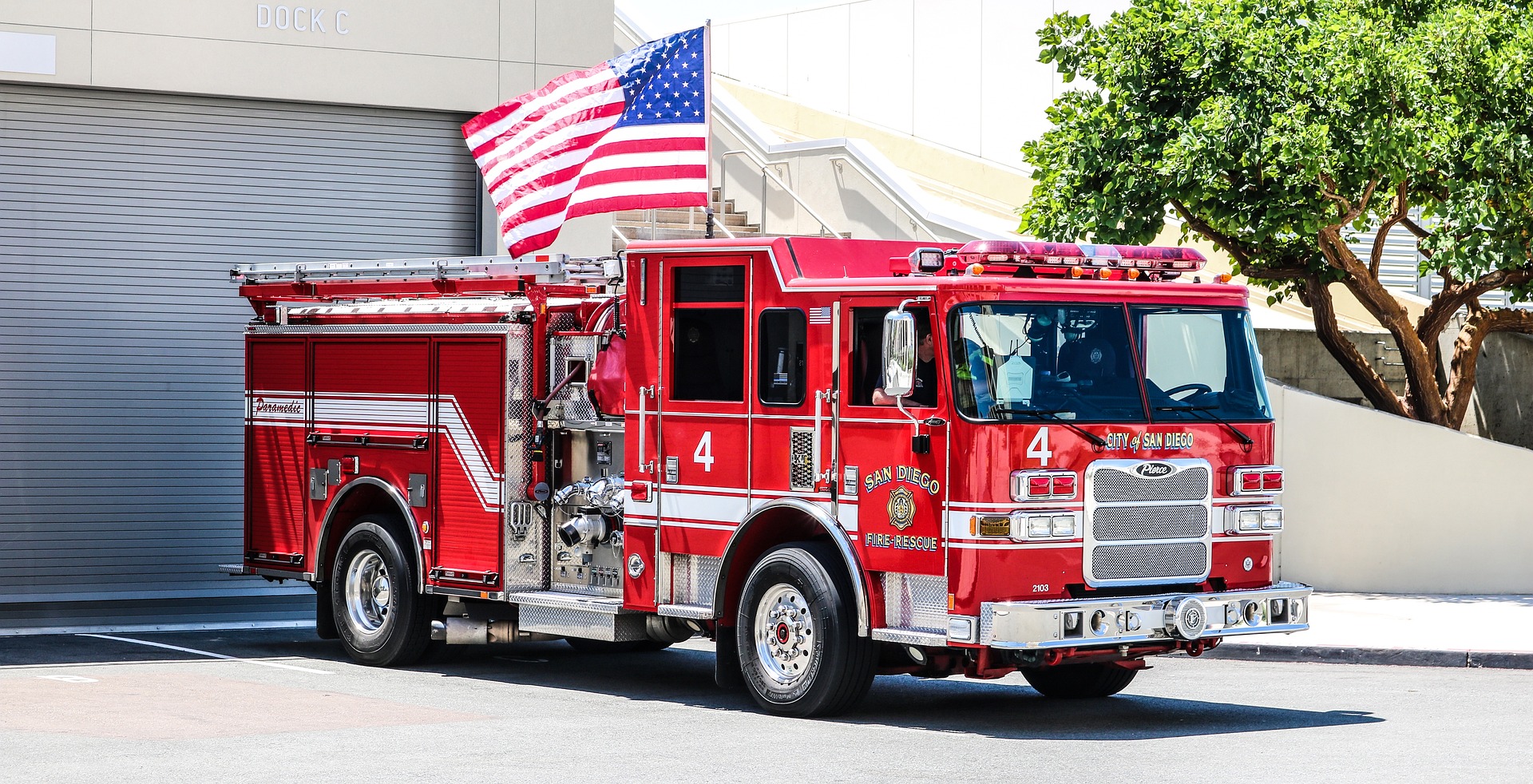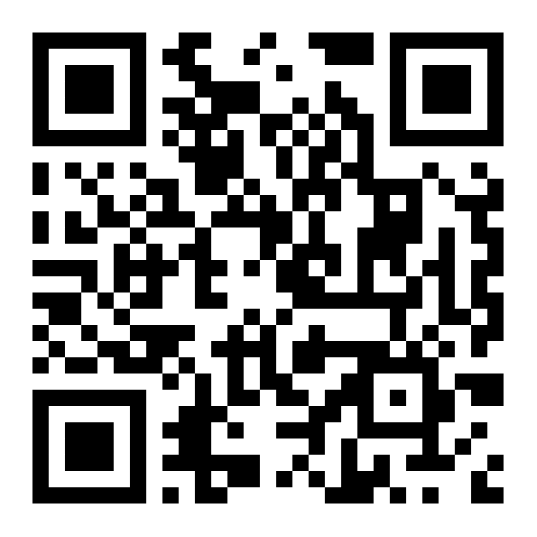Arlington County Fire Dept – Case Study
Streamlined Inventory and Asset Tracking for Arlington County Fire Department
About Arlington County Fire Department
The Arlington County Fire Department (ACFD), specifically its Logistics Branch, is responsible for inventory management and asset tracking across 10 fire stations, as well as fire training and fire marshal offices. When LaMar Smith, Fire/EMS Warehouse Coordinator, joined the department, he identified the need to replace their manual tracking processes with an automated solution.
The Challenges of Managing Assemblies Inventory
ACFD tracks a wide range of items, from disposable supplies to large assets like washers and refrigerators, along with expiration-dated personal protective equipment (PPE) and equipment requiring maintenance. The Logistics Branch needed a system that would provide:
-
Accuracy: Accurate physical inventory and asset counts.
-
Reliable Reporting: Custom reporting on item usage and expenditures.
-
Alerts/Notifications: Maintenance alerts and expiration tracking.
-
Configurability: Configurable fields tailored to their needs.
-
Ease of Use: User-friendly training for firefighters.
These challenges prompted ACFD to seek a comprehensive inventory management solution.
Why ACFD Chose Our Inventory Management System
ACFD chose us for our:
-
Speed and Robustness: The system’s speed and ability to handle the complexities of pieces inventory were crucial.
-
Configurability: Our system could be tailored to work seamlessly with their specific products and quality system.
-
Ease of Use: The system was straightforward for employees to learn and use, even with minimal technical experience.
-
Scalability: Our inventory software offered the potential to grow with their business and future compliance needs.
-
Cost Optimization: Reduced inventory holding and management expenses.
-
Predictive Analytics: Accurately forecasted demand for improved inventory planning.
Implementation and Results: Leveraging Barcode Technology
The ACFD logistics team quickly implemented our barcode-based tracking solution. Using barcode scanners and a centralized system, they established a streamlined, uniform process. The setup included:

-
Assigning unique tracking identification numbers to fire stations, employees, and apparatus.
-
Printing barcodes in-house for easy scanning and inventory updates.
-
Custom coding system to categorize assets efficiently.
“I like this system because it gave us the freedom to create a tracking process that was customized to our requirements. The ability to generate detailed reports has helped us optimize spending and improve operational efficiency.”
– Lamar Smith, Fire and EMS Warehouse Coordinator, ACFD
Our Inventory System reduced human error and time spent on manual tracking, gave them clear visibility into inventory and asset usage, and automated cost tracking and reporting to leadership.
Looking to Transform Your Fire Department’s Inventory and Asset Management?
If your department is struggling with tracking inventory and assets efficiently, our scalable and configurable solution can help. Contact us to schedule a demo today at asapsystems.com

CASE STUDY
Lake Monticello Fire Department – Case Study
The Lake Monticello Fire Department provides emergency services to the Lake Monticello area and Fluvanna County, Virginia. Staffed by dedicated firefighters available 24/7, the department required a more efficient system for tracking inventory, managing fleet maintenance, and ensuring all equipment…

CASE STUDY
Wintergreen Fire & Rescue – Case Study
Wintergreen Rescue & Fire comprises the Wintergreen Fire Department and Rescue Squad, both nonprofit organizations providing fire suppression and emergency medical services to Wintergreen Resort and surrounding counties in Virginia. Since the 1970s, the department has expanded from a small…










